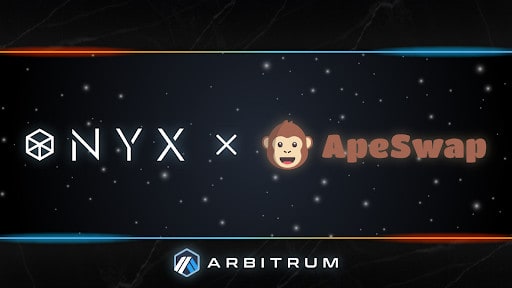How to achieve 1.5 GB block size without losing transaction speed?
For years now, cryptocurrency and blockchain developers had a problem that revolved around making blockchain networks large enough to handle a significant number of transactions per block without sacrificing efficiency and speed. Numerous projects tried to come up with solutions that would address the issue, although they all resulted in failures. Even if they saw some amount of success, there were often additional difficulties — new problems and troubles that emerged along the way.
Bitcoin (BTC) itself is a prime example of it. Its scalability issues were detected almost as soon as its white paper was published – and despite a decade of searching for solutions, developers are still having trouble with increasing its blockchain size. Ethereum’s Vitalik Buterin once claimed that the amount of money that traders lost on high fees that come as a direct consequence of small blocks is larger than the amount lost during the Mt. Gox hack in 2014.
Of course, one attempt to resolve this issue was an update from 2017, although it did not work as well as planned, and only resulted in a hard fork that led to the birth of Bitcoin Cash. Ever since then, the Lightning Network was believed to be the best solution, although it is still in development. And, while Bitcoin Cash did increase its block size to 32MB — it never reached this limit, and its blocks only reached a fraction of this potential. The average block size of the project has been only 171KB, which is hardly an example of a successful solution.
As a result of problems like these, storing large volumes of data on-chain in large networks has long been considered impossible. So, projects have been forced to choose between whether they would offer high speeds or large blocks, and whatever they happened to choose — they would still suffer in one of the two areas.
So, the question was: do we have to put up with the scalability issue and try to find ways around it? Or are there any projects capable of solving it once and for all? ILCoin Blockchain project has confidently declared that it has found a solution: RIFT protocol, its current work-in-progress.
Due to the unique architecture if its blockchain, ILCoin has managed to resolve this decade-long issue. Its network offers extremely fast transaction speeds, while its revolutionary RIFT protocol provides unlimited potential when it comes to the size of blocks and the scalability of its network.
In fact, multiple tests have already confirmed that ILCoin is more than capable of reaching a block size of at least 1.5GB, which is the largest block in the market right now. The project does not plan to stop there, however, and their goal is to try and reach 5GB block next.
How does RIFT solve the issue?
RIFT protocol comes with enormous transactional capacity. It was estimated that RIFT is capable of faster transactions than the systems used by modern payment systems, such as Visa or Mastercard. With 1,5 Gb block size, RIFT is still capable of reaching the speed of 33,888 transactions per second, and new blocks are generated every five minutes. These speeds were previously unimaginable for blocks as big as this.

No one has even bothered to make such large blocks, as the speed would be impacted so much that it would not be effective at all. With RIFT, the only limitation is how many mini-blocks can be synchronized simultaneously within the current network system, but the technology itself is unlimited. In other words, RIFT is a permanent solution to the scalability problem, and it offers real potential for using blockchain in business. In particular, it could revolutionize the way information is stored on the blockchain, and be used as a base for creating the best-decentralized cloud out there.
“With the RIFT protocol, we will open the door to the universal use of blockchain. After all, this technology has much more potential than supporting digital currencies and recording transactions. I think RIFT is the biggest step in the blockchain history since Satoshi invented BTC. It will be a great opportunity for the whole market,” – commented Norbert Goffa, the Executive Manager of ILCoin.
The way RIFT works is outstanding. The standard blocks contain mini-blocks, which in turn contain transactions. Blocks have references to the mini-blocks, while the mini blocks contain references to the transactions. Mini-blocks are not mined, which results in a self-contained block which mirrors down identically to how fractals replicate. This approach to the problem of scalability allows for nearly unlimited blockchain evolution and growth, meaning that it could quickly service the entire world someday.
Conclusion
With its new solution, ILCoin is bound to become one of the most advanced projects out there. Its solution is capable of impacting and changing the entire blockchain industry and make it one of the essential crypto projects in crypto/blockchain history.
For more information, please visit ILCoin website or join ILCoin Dev team Telegram channel.
The post How to achieve 1.5 GB block size without losing transaction speed? appeared first on CryptoPotato.









